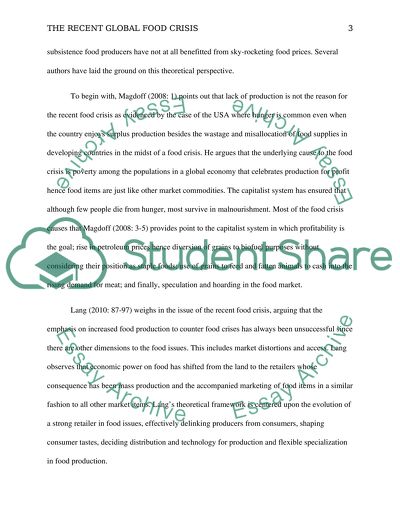Cite this document
(“Recent Global Food Crisis & Obesity Epidemic Essay”, n.d.)
Retrieved from https://studentshare.org/sociology/1434477-recent-global-food-crisis-obesity-epidemic
Retrieved from https://studentshare.org/sociology/1434477-recent-global-food-crisis-obesity-epidemic
(Recent Global Food Crisis & Obesity Epidemic Essay)
https://studentshare.org/sociology/1434477-recent-global-food-crisis-obesity-epidemic.
https://studentshare.org/sociology/1434477-recent-global-food-crisis-obesity-epidemic.
“Recent Global Food Crisis & Obesity Epidemic Essay”, n.d. https://studentshare.org/sociology/1434477-recent-global-food-crisis-obesity-epidemic.


